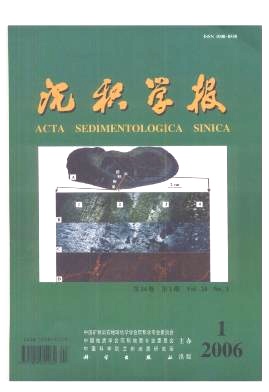Pyrite Formation and Its Controls in Black Shales of the Buxin Formation (Lower Eocene) from the Sanshui Basin, Guangdong
- Received Date: 1900-01-01
- Rev Recd Date: 1900-01-01
- Publish Date: 2006-02-10
-
Key words:
- pyrite formation /
- controls /
- black shale /
- Buxin Formation /
- Lower Eocene /
- Sanshui Basin
Abstract: Analyses of TOC/S, TOC/DOP, S/Fe relationships and STOCFe multiple linear regression were carried out to determine limiting factors for pyrite formation in black shales of the Honggang Member (Lower Eocene Buxin Formation) in the Sanshui Basin. Submember A, showing lower organic carbon and higher iron contents than the other submembers, deposited in oxygenated bottom waters. Bacterial sulfate reduction took place below the sedimentwater interface, and pyrite was formed diagenetically and organic carbon was limited. Submember B and C are characterized by large variations in organic carbon content. Organicrich (TOC>4%) rocks deposited under anoxic environments, in which H2S presented above the sediment water interface as well as within the sediments. Pyrite was formed syngenetically and confined by the duration during which iron detritus reacted with H2S in the water column and by the availability of dissolved sulfate that decreased due to an increasing input of fresh waters. For organicpoor (TOC<4%) sediments, pyrite was of syngenetic and diagenetic. Organic carbonlimited diagenetic pyrite added to the earlier formed syngenetic pyrite, which was controlled by the time that iron minerals remained in contact with H2S in anoxic waters.
| Citation: | LIU Chunlian. Pyrite Formation and Its Controls in Black Shales of the Buxin Formation (Lower Eocene) from the Sanshui Basin, Guangdong[J]. Acta Sedimentologica Sinica, 2006, 24(1): 75-80. |






 DownLoad:
DownLoad: